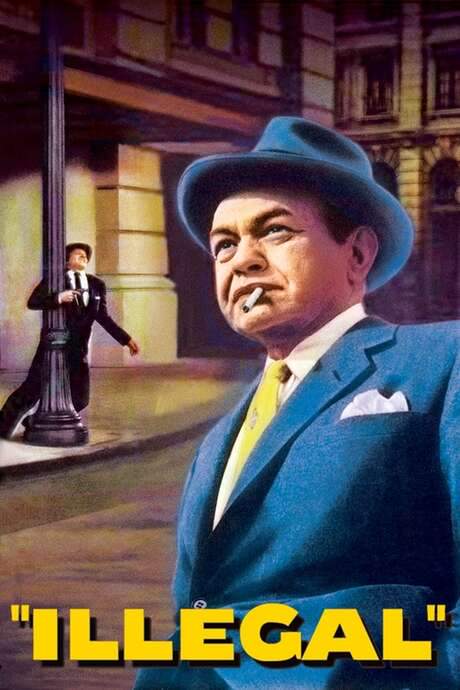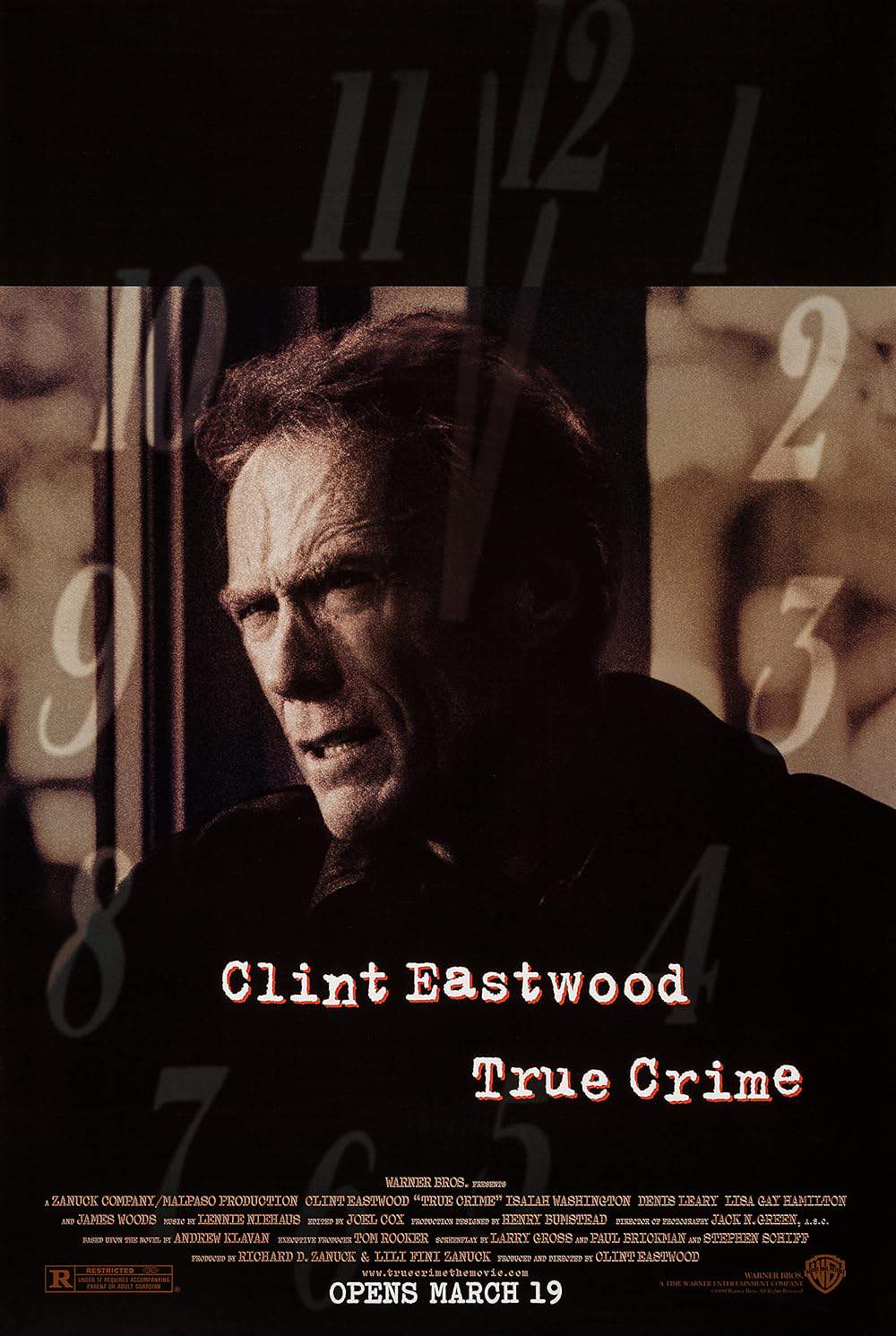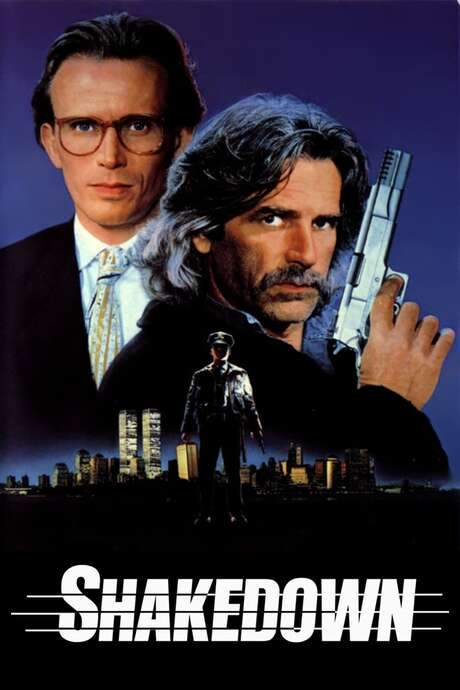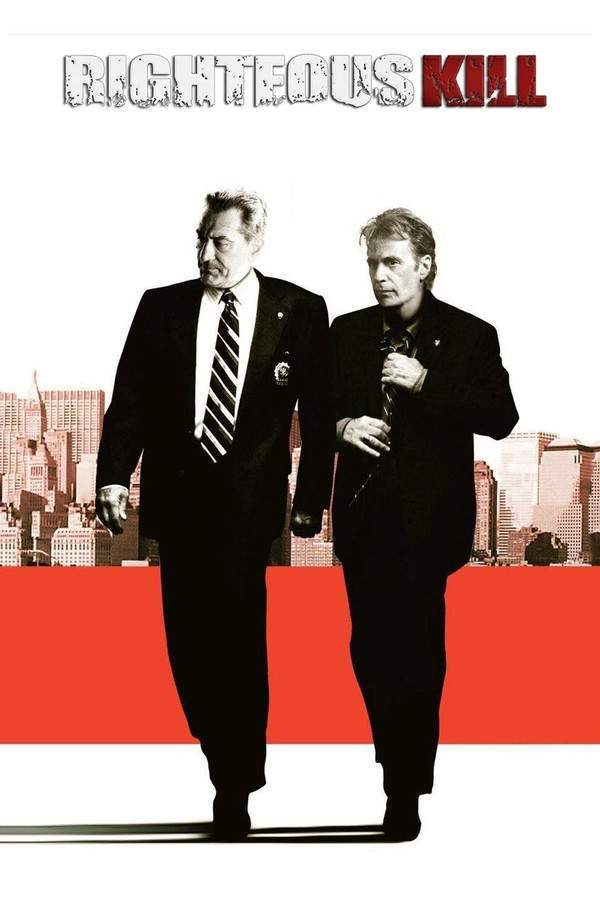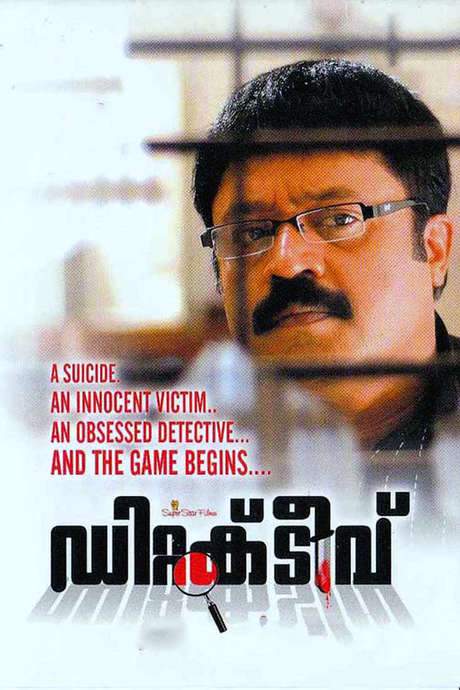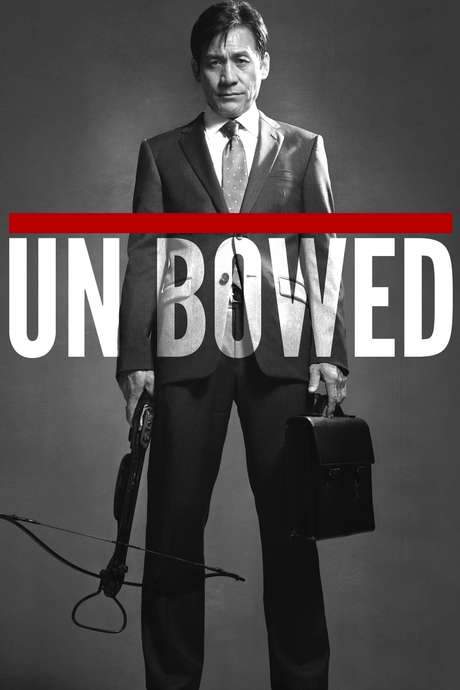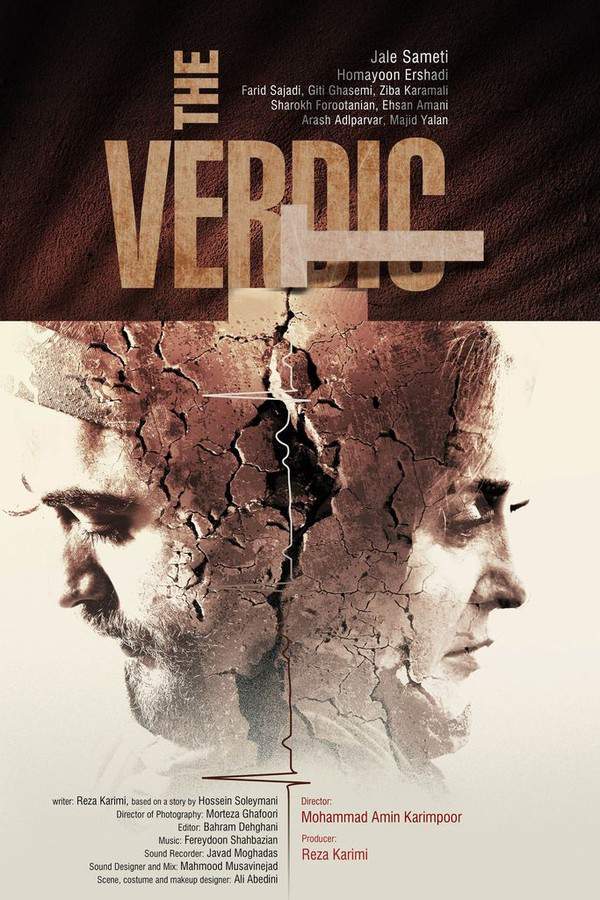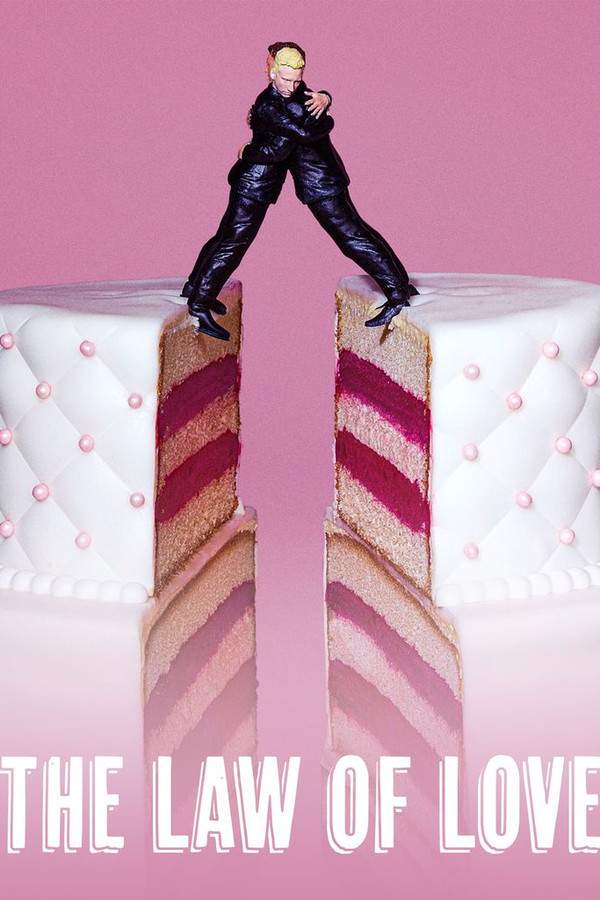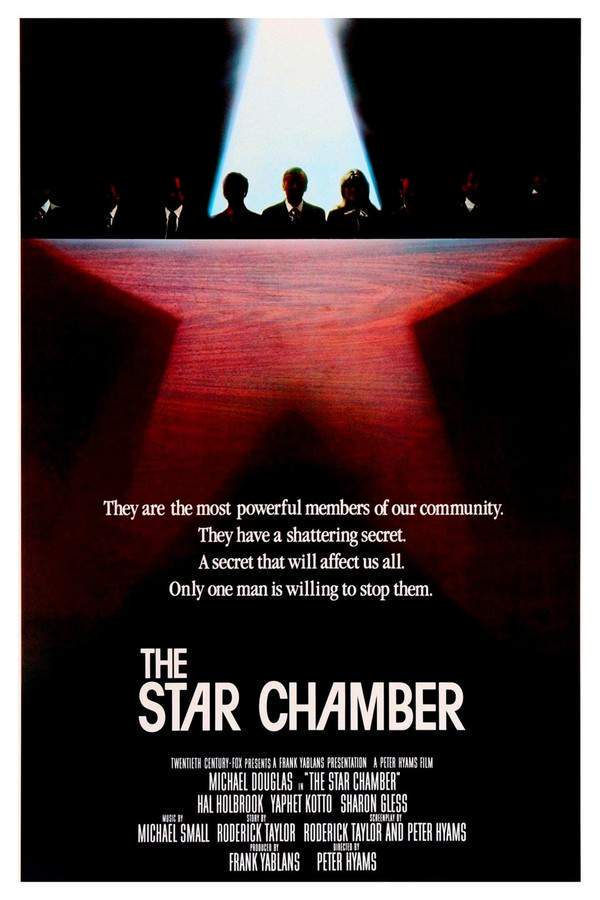
The Young Savages
Year: 1961
Runtime: 103 mins
Language: English
Director: John Frankenheimer
Here is Raw Truth… Nailed to the Screen! A district attorney investigates the racially charged case of three teenagers accused of the murder of a blind Puerto Rican boy.
Warning: spoilers below!
Haven’t seen The Young Savages yet? This summary contains major spoilers. Bookmark the page, watch the movie, and come back for the full breakdown. If you're ready, scroll on and relive the story!
The Young Savages (1961) – Full Plot Summary & Ending Explained
Read the complete plot breakdown of The Young Savages (1961), including all key story events, major twists, and the ending explained in detail. Discover what really happened—and what it all means.
Set in East Harlem, amid a tight-knit Italian-American community and the rough edges of urban life, the story follows three teenage gang members who lead the Thunderbirds: Danny diPace, Stanley Kristien, Anthony Aposto, Neil Burstyn, and Arthur Reardon, John Davis Chandler. The trio’s days are spent navigating a perilous turf war with the Horsemen, a Puerto Rican gang rooted in a different stretch of the same neighborhood. The opening burst of violence comes when the Thunderbirds fatally knife a member of the Horsemen, Roberto Escalante, José Pérez, who is blind, turning a quiet afternoon into a brutal claim of self-defense that will echo through the rest of the film.
As the investigation unfolds, the three boys are arrested and interrogated. They insist they acted in self-defense after Escalante allegedly attacked them with a knife, but the case quickly becomes more than a simple crime scene. Hank Bell, [Burt Lancaster], the assistant district attorney, begins to sense there is more beneath the surface when he learns that one of the youths is the son of Mary diPace, Shelley Winters, a former girlfriend of Bell’s. This revelation stirs up old neighborhood memories and raises questions about loyalties, history, and whether personal ties should influence the pursuit of justice. Bell shares his background with District Attorney Dan Cole, Edward Andrews, explaining how he changed his name from Bellini to protect his past and advance his career. He hopes to keep his personal history from clouding the case, while Cole, intent on a political win as he seeks higher office, pushes hard for a heavy-handed prosecution.
The funeral for Escalante becomes a turning point, a public stage where grief, anger, and political pressure collide. Escalante’s mother demands punishment for the boys, while Mary argues for their innocence and recalls her son’s promise not to join a gang. Bell resolves to uncover the truth, visiting the families and gang members involved one by one to understand the web of relationships, grievances, and loyalties that shape the events. This investigative journey reveals that the case is far more nuanced than a straightforward killing, challenging Bell’s initial assumptions and forcing him to weigh justice against vengeance.
Karin Bell, Dina Merrill, Bell’s wife, opposes the death penalty, offering a counterpoint to the political calculus driving the prosecution. Her stance highlights the moral complexity at the heart of the case: punishment might satisfy political aims, but it would not necessarily bring true closure to the families involved. Throughout the process, Bell’s inquiries expose facets of each boy’s life that add to the ambiguity surrounding the incident. He learns that Aposto, one of the Thunderbird trio, is mentally disadvantaged, and that Danny diPace had once intervened to save a Puerto Rican child from drowning during a gang confrontation. These revelations complicate the picture: the boys are not merely one-dimensional aggressors, but youths shaped by a rough environment and personal histories that could justify a more measured response than execution.
As Bell pieces together the truth, he moves through tense encounters—an elevator incident where the Thunderbirds threaten Karin with switchblade knives and a subway attack on Bell himself—carefully distinguishing fear from malice and noting how easily perceptions can be swayed in the heat of urban fear. Bell meets with Pretty Boy Savarese, the Thunderbirds’ warlord, who insists on the innocence of the boys and argues that Escalante was a Horsemen ally who helped conceal weapons used in gang assaults. Savarese’s defense reframes the murder as a chain of violence and misperception, challenging Bell to reconcile the facts with the community’s demand for accountability.
The investigation deepens as Bell discovers that Aposto’s mental handicap and diPace’s earlier act of bravery for a drowning Puerto Rican child reveal a pattern of behavior that complicates a clean, vindictive outcome. These discoveries do not automatically exonerate anyone, but they do illuminate the human cost behind every decision made in the heat of a crisis. The tension between justice and political expediency intensifies as Cole presses for maximum penalties, hoping to gain public approval and secure votes, while Bell seeks a more nuanced understanding of each boy’s background and the broader implications for youth in distress.
In the courtroom, the trial culminates in individualized sentences tailored to each boy’s nature and history, a resolution that underscores the film’s insistence on complexity over simple verdicts. Escalante’s mother asks whether justice has truly been served, and Bell’s response—tinged with regret—suggests that responsibility for the boy’s death lies with many hands: the immediate actors, the families, the peers, and a system that sometimes blurs the line between protection and punishment. The conclusion leaves the viewer with a somber meditation on how communities, politics, and personal histories intersect to shape outcomes in the wake of tragedy.
The film’s careful balance of empathy and realism invites the audience to consider the gray areas of violence, punishment, and moral responsibility. It paints a portrait of a neighborhood under pressure, where youths navigate loyalty and survival while adults wrestle with the consequences of political ambition and the pursuit of justice. In the end, the story resists easy answers, choosing instead to reflect on the heavy price of violence and the enduring question of who bears responsibility when a life is lost and a community is left to reckon with the aftermath.
Last Updated: October 09, 2025 at 12:35
Explore Movie Threads
Discover curated groups of movies connected by mood, themes, and story style. Browse collections built around emotion, atmosphere, and narrative focus to easily find films that match what you feel like watching right now.
Gritty Legal Thrillers Like The Young Savages
Dramas where a case exposes the deep ethical cracks in the justice system.If you liked the tense, morally complex investigation in The Young Savages, explore more movies like it. This collection features intense crime dramas where a legal case unveils deep social issues, political pressures, and ethical dilemmas within a harsh urban environment. Find similar films that challenge the concept of justice.
Narrative Summary
Stories typically follow a methodical investigation that serves as a lens to examine broader social ills like racial tension, class disparity, or political corruption. The protagonist's journey is one of increasing moral unease, often finding that the path to legal justice is fraught with ethical compromises and personal consequences.
Why These Movies?
Movies are grouped here based on their shared focus on a high-stakes legal or investigative procedure, a tense and gritty atmosphere, and a narrative that prioritizes moral ambiguity and social commentary over clear-cut heroes and villains. The experience is one of intellectual and emotional engagement with difficult questions.
Movies With Bittersweet Endings Like The Young Savages
Stories where achieving justice comes with a heavy personal and societal cost.For viewers who appreciated the somber, contemplative conclusion of The Young Savages, this list features movies with similar bittersweet endings. These films provide a sense of resolution but leave a heavy emotional weight, often questioning whether true justice is possible within a flawed system. Discover more emotionally complex stories.
Narrative Summary
The narrative arc builds towards a resolution that provides answers or consequences for the central plot, but deliberately avoids a clean, happy ending. The conclusion emphasizes the lasting impact of the events on the characters and the world, creating a feeling that is both resolved and melancholic, acknowledging a victory that feels like a loss.
Why These Movies?
These films are connected by their emotionally complex and realistically somber conclusions. They share a tone that balances a narrative conclusion with an emotional openness, leaving the audience to ponder the deeper implications of the story. The feeling is one of thoughtful heaviness rather than despair or euphoria.
Unlock the Full Story of The Young Savages
Don't stop at just watching — explore The Young Savages in full detail. From the complete plot summary and scene-by-scene timeline to character breakdowns, thematic analysis, and a deep dive into the ending — every page helps you truly understand what The Young Savages is all about. Plus, discover what's next after the movie.
The Young Savages Timeline
Track the full timeline of The Young Savages with every major event arranged chronologically. Perfect for decoding non-linear storytelling, flashbacks, or parallel narratives with a clear scene-by-scene breakdown.

Characters, Settings & Themes in The Young Savages
Discover the characters, locations, and core themes that shape The Young Savages. Get insights into symbolic elements, setting significance, and deeper narrative meaning — ideal for thematic analysis and movie breakdowns.

More About The Young Savages
Visit What's After the Movie to explore more about The Young Savages: box office results, cast and crew info, production details, post-credit scenes, and external links — all in one place for movie fans and researchers.


